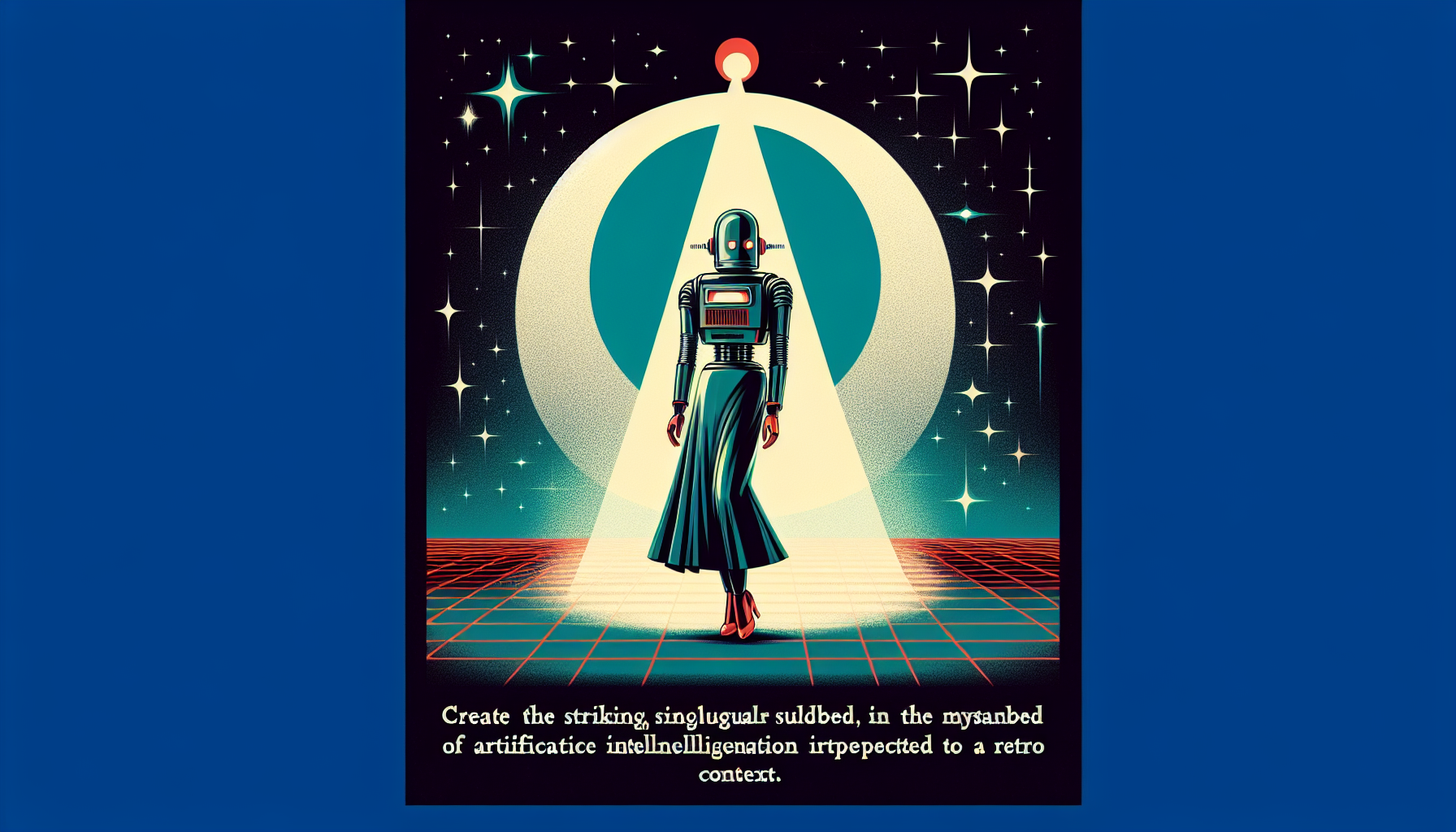As you scroll through social media, swiping past digital paintings that could have come from the hand of Rembrandt or song lyrics more poignant than the average love letter, it’s increasingly likely that some of this art was created not by a human, but by an algorithm. Artificial intelligence, that ever-mysterious marvel, is no longer content to calculate your commute or recommend your next streaming binge. It wants to paint, to write, to compose—and, occasionally, to confuse our sense of what “creativity” even means. So, as AI-generated art flourishes, an old question dressed in new code appears: who owns an algorithm’s art?
What Does It Mean for AI to Be Creative?
Before we divvy up ownership, let’s ask: does AI really create in any meaningful sense? When an algorithm spits out a poem, it does so not from heartbreak or inspiration, but from patterns. It sifts through mountains of data—millions of paintings, drafts, or chords—learning not the essence of beauty, but how humans have previously defined it. The machine, in essence, is a master mimicker.
Yet, results are often astonishing. An AI-generated image might evoke new feelings or trigger fresh thoughts, even in people used to the quirks of human artists. Maybe intent is not as essential as we thought. If art’s purpose is to move us, should we care if the brush wielded emotion or if the painter simply followed instructions—no matter how complex? This awkward question echoes through the corridors of art history, now louder and less easy to ignore.
The Human Behind the Curtain
AI doesn’t wake up one day and decide to compose a symphony out of boredom. Behind every algorithm, a person (or many people, and occasionally a committee) chooses what data to feed the AI, what rules to give it, and how to fine-tune its parameters. The AI’s output is thus a reflection, sometimes faint, of its human creators and guides.
This leads to our first candidate for ownership: the people who built or trained the AI. Should they hold the copyright, since their creation made the art possible? Maybe. After all, without them, the AI would still be a mess of untrained weights and empty code. But this becomes tricky when the art is generated “autonomously”—the programmer didn’t pick any colors, didn’t pen a single verse. The relationship is more like that of a parent watching a grown child’s choices in bewildered amazement (with perhaps fewer arguments over dinner).
Commissioners, Curators, and Button-Pushers
Sometimes, AI art comes into the world at the request of someone else. A designer uses AI to draft a poster. A hobbyist tries out a new music-generating tool to impress their friends. Are these users the true “authors” since they prompted the machine and chose the final piece from among thousands of options? In many cases, copyright law awards ownership to whoever exerts the most creative control over a work.
But what if control is minimal—just a typed phrase like “a fox crossing the Moon in the style of Van Gogh”? If the creative leap comes primarily from the AI, our legal traditions start to wobble. Is pressing “generate” enough to claim artwork as your own? Would an orchestra conductor take credit for composing Beethoven’s Fifth just by waving the baton?
The Ghost in the Machine
For centuries, philosophers have argued about the “self” that lurks behind creativity. Historically, that self was human—it wept, loved, raged, and expressed itself through art. In AI’s case, there’s no ghostly presence inhabiting the circuitry. The algorithm does not experience inspiration; it does not suffer. It cannot answer why it paints what it paints (unless you count “statistical likelihood” as motivation).
So can the AI itself own its art? Most legal systems say no, and for good reason: you can’t sue an algorithm for plagiarism, nor can it show up at a gallery to bask in the applause. Ownership, after all, carries with it not just profits, but responsibilities—and liability. For now, the AI remains a tool, albeit an impressively unpredictable one.
Implications: Fairness, Profit, and the Future
Ownership is not just a matter of pride. It determines who gets paid (and how much). It decides who has the right to exhibit, sell, or remix a work. As AI art platforms explode, artists, programmers, companies, and users all stake their claims. This scramble produces plenty of awkward moments—a human artist discovers their distinctive style being imitated by an AI trained on their portfolio, and nobody is quite sure who to blame (or pay).
Beyond money, there’s a question of fairness and creative value. Is it right for corporations to profit from the labor of countless artists whose works were used—often without consent—to train algorithms? Should there be compensation for the humans whose styles, ideas, and voices make AI creativity possible? Current laws are racing to catch up with reality, sometimes resembling a tortoise chasing a Tesla.
So Who Owns It?
Legally, these questions are being answered differently across countries and contexts. Recent trends put ownership with the human who exercised the most creative input—usually the user who initiated the artwork. But courts and lawmakers have barely begun to address all the possible scenarios. In the end, perhaps the question of ownership will become less about strict boundaries and more about collaboration—humans and machines, creativity and computation, sharing the stage.
If you find this unsettling, you’re in good company. Faced with the mingling of logic and poetry, it’s easy to feel like we’re in a hall of mirrors. Still, it’s worth remembering: while algorithms may produce art that surprises and delights, it is humans—flawed, passionate, curious—who decide what to value, protect, and cherish.
And until the day an AI genuinely sulks about a rejected painting, the riddle of ownership remains less about the algorithm, and more about us.

Leave a Reply